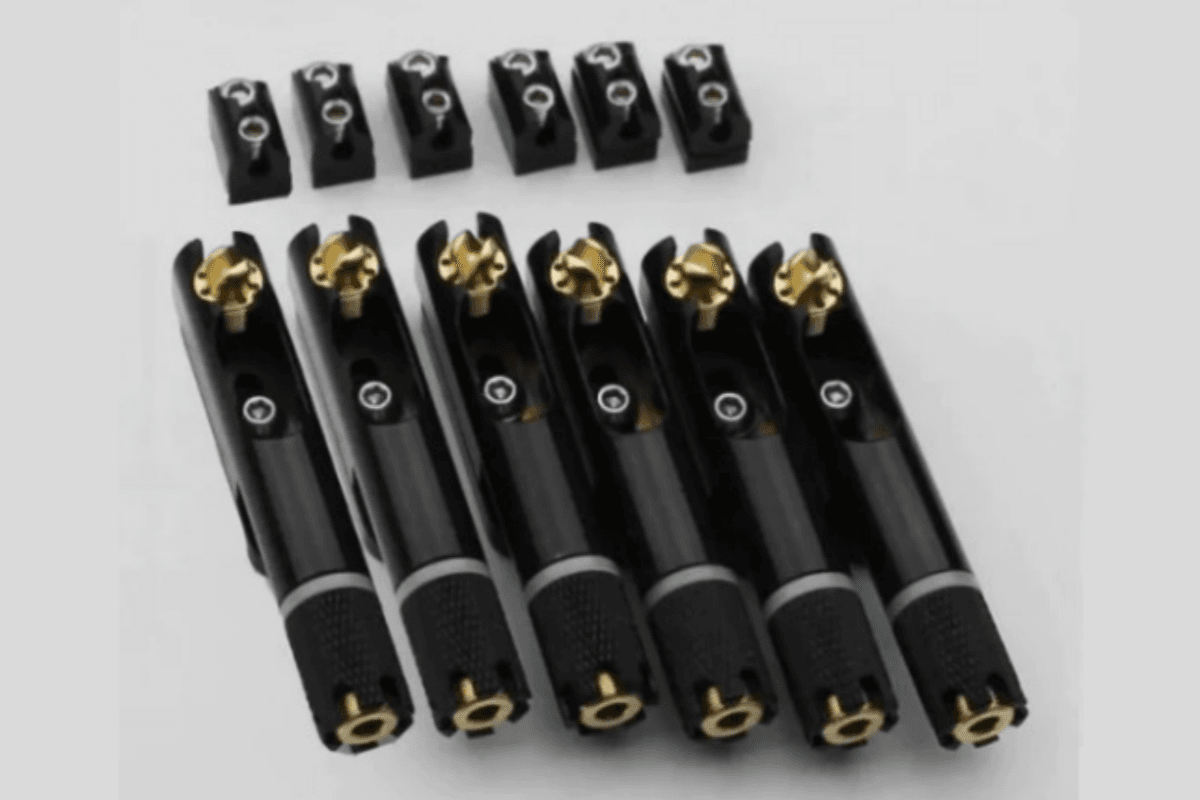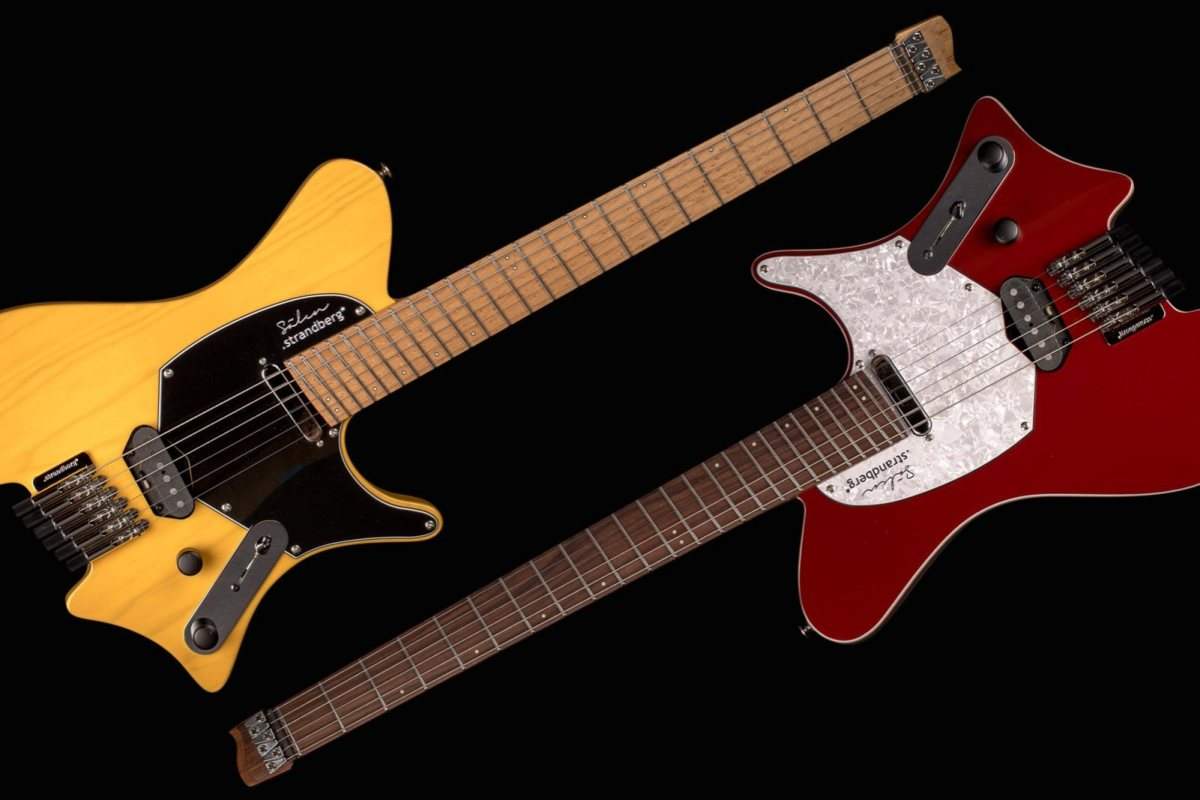Staggered tuners, one kind of the guitar tuning machine heads, some love them, some hate them, but before we get into the advantages and disadvantages of staggered tuners, let’s find out…
What are staggered tuners?
Staggered tuners are tuners that are staggered - no surprise there! By that I mean, the first tuner (low E string) is taller than the second tuner, the second tuner is taller than the third, etc., with the final tuner (for the top e string) being the shortest in height. They are sometimes installed on Fender-style instruments that don’t have an angled headstock to increase the string angle.
Why were staggered tuners invented?
There is nothing fundamentally wrong with necks that feature a straight (or non-angled) headstock. They even have a few advantages in that they are easier to produce, therefore guitar manufacturers can keep the costs down allowing for more economical instruments. Plus, due to the lack of an angle, the neck is less likely to break than the traditional design.
However, there is a problem, due to the 6-a-side configuration of teles and strats, etc. the higher strings (B and e) are quite a distance from the nut. This means that the angle at which these higher strings ‘break’ the nut is very shallow.
This can cause a number of troublesome problems such as the string buzzing on the first few frets due to not enough pressure being exerted by the string across the nut. The lack of pressure can also cause issues with the amount of sustain the guitar produces and its overall tone. Or if you’re quite a heavy-handed player, you could even cause one of the higher strings to pop out of place as you do a bend on the lower frets.
The master of guitar builders whose original designs from the 1950s are still with us today, Leo Fender, addressed the problem by installing string trees. These were positioned near the center of the headstock and radically steepened the angle of the strings as they crossed the nut, therefore increasing the pressure exerted on it.
A perfect solution, but some heavy users of the tremolo bar don’t like string trees because they can cause a small amount of friction when using the bar, which may cause the guitar to go slightly out of tune quickly.
Staggered tuners - a modern solution to an old problem
Clever boffins working for the guitar manufacturers decided that another solution was needed to allow for a steeper string angle but not use string trees because they were unpopular amongst tremolo bar users. And the staggered height tuner was born!
By lowering the height of each successive tuner, you would get a steeper string angle as the tuning machines get further away from the nut.
However, there is quite a serious problem with this solution, in that regardless of how short you make the tuners, you will still not get the angle you need at the nut. This is exactly why Leo Fender used string trees and companies like Gibson have severely angled headstocks.
Staggered vs non staggered tuners - is it worth buying staggered tuners?
What you spend your own money on is 100% down to you, but in my opinion, the design of staggered guitar tuners doesn’t really solve the problem it was supposed to. Yes, the higher strings will be at a steeper angle, but the angle still isn’t enough to stop the tonal, sustain, and possible string-popping issues I’ve already mentioned.
If you’re experiencing any of these problems then the easiest fix is to add a string tree or two. But you then need to ask yourself, if I’m using string trees, do I need staggered locking tuners? And the answer is of course, no. So basically there isn't much point in having them on your guitar.
Having said all that, there are probably some guitarists out there who have installed staggered tuners on their instrument, and not experienced any of these problems. Or if there has been a change in tone and sustain, they prefer the way it sounds with the replacement tuners. If so, all the best to them, they are among the lucky few.
Would I put staggered height tuners on any of my guitars?
In a word, no. I tend to play guitars with angled headstocks more than flatter fender-style guitars, so wouldn’t need them on any of those. And all my Fenders - Teles, Strats, and Jaguars have string trees, which I believe were put there for a reason, and who am I to question the design knowledge of the legendary Leo Fender?
If you like this article, please share it!
Be sure to join our FB Group Guyker Guitar Parts VIP Group to share your ideas! You can also have connections with like-minded guitar players, Guyker updates as well as discounts information from our FB Group.





